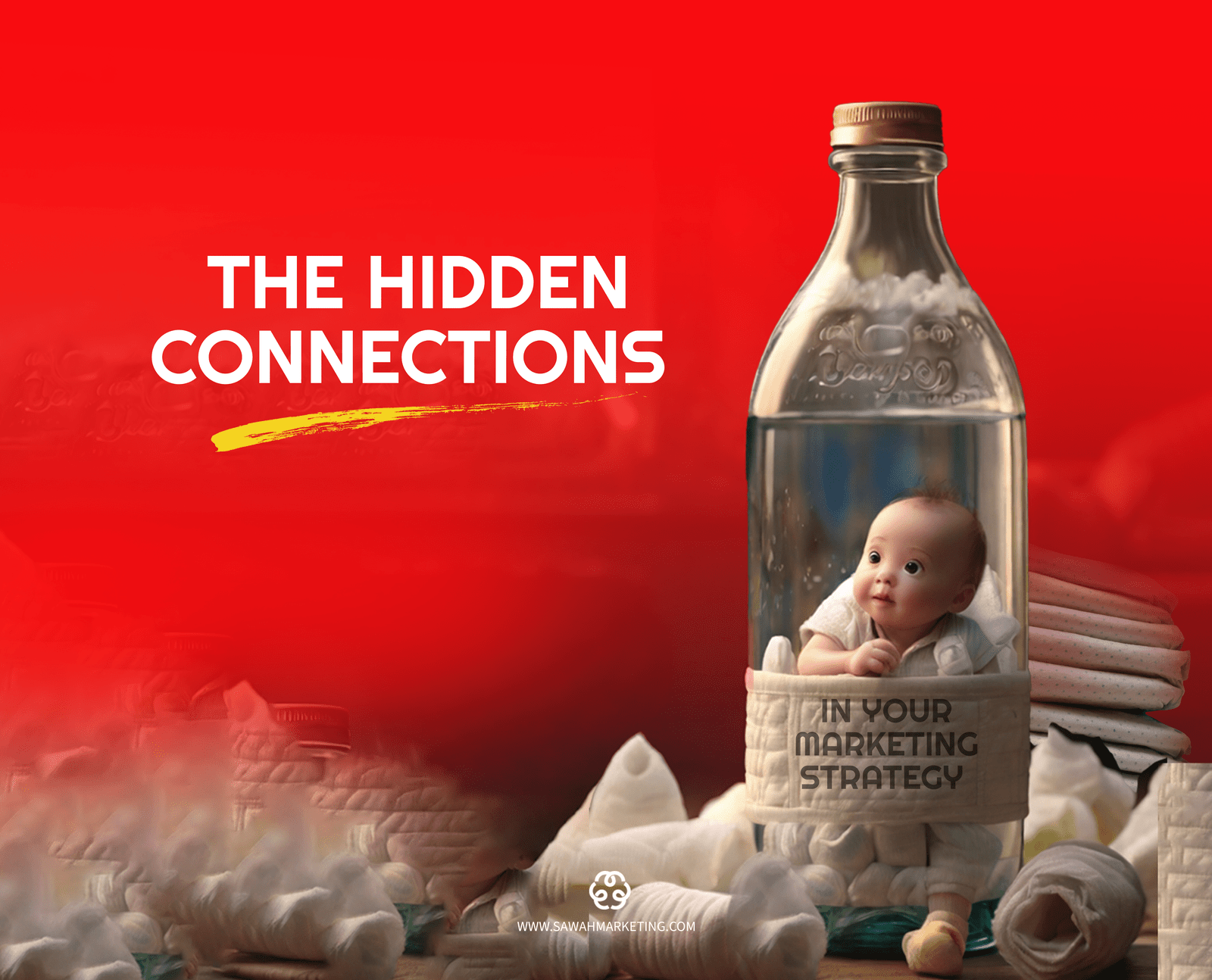In the world of consumer behavior, peculiar connections sometimes emerge, shaping our buying habits in unexpected ways. One such phenomenon, often dubbed the Peer and Diapers Syndrome, sheds light on how people unknowingly purchase seemingly unrelated products. Let’s delve into this intriguing concept that showcases the hidden correlations between consumer choices.
Unveiling the Unconscious Connection
In the world of consumer behavior, hidden patterns emerge. Take, for instance, the renowned case of Wal-Mart, where a data mining revelation shed light on an unexpected correlation between diapers and beer sales. It wasn’t a mere coincidence but a remarkable finding rooted in human behavior.
On Friday nights, sales data revealed a curious trend: diapers and beer shared an unanticipated connection. The rationale? Working men, tasked with picking up diapers on their way home, found solace in rewarding themselves with a six-pack of beer. Thus, an invisible link formed between these seemingly unrelated items, showcasing the Peer and Diapers Syndrome at play.
Understanding the Psychology
The underlying psychology of this phenomenon lies in the human need for reward and convenience. The men, after a long week of work, subconsciously associated their responsible act of picking up diapers with a deserving treat—a beer to unwind. This subtle yet impactful connection drove their purchasing behavior.
Capitalizing on Unseen Connections
Wal-Mart’s strategic response was ingenious: by positioning diapers and beer closer together, they witnessed a remarkable surge in sales for both items. This simple rearrangement catered to the subconscious associations of their customers, leading to a geometric increase in sales, illustrating the power of understanding and leveraging such unexpected correlations.
Lessons for Marketers
The Peer and Diapers Syndrome teaches valuable lessons for marketers seeking to decode consumer behavior. It underscores the importance of recognizing hidden connections and the potential to influence purchasing decisions through subtle positioning and understanding consumer motivations.
Conclusion
The Peer and Diapers Syndrome stands as a testament to the complexity of consumer behavior. Behind seemingly unrelated purchases lies a web of unconscious associations waiting to be understood and utilized. By unraveling these hidden connections, marketers can unlock new avenues to engage consumers and drive sales, capitalizing on the intriguing subtleties of human psychology.


Add a Comment